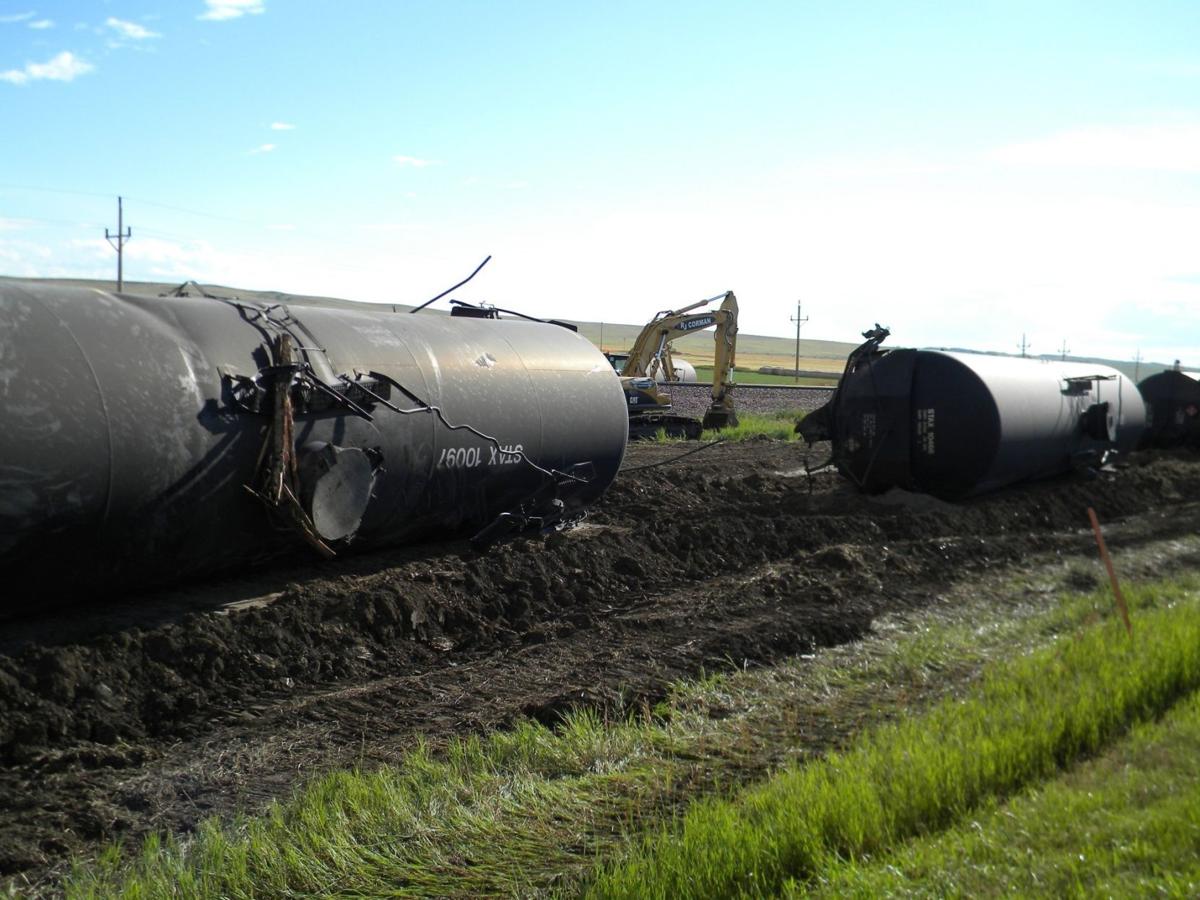Repost from the Pittsburgh Post-Gazette
[Editor: The report below is the only mainstream media coverage of the Nov. 14-15 event “Oil Train Response 2015” that I could find. Facebook users can check out photos and brief comments at Bay Area Refinery Corridor Coalition and IWW Environmental Unionist Caucus. Tweeters can catch a few pics via past tweets by Ethan Buckner. Here is the agenda, and here is a related 1-hour video “Oil Train Webinar” organized in advance of the event by ForestEthics. – RS]
Local officials tout alliances to push for stronger oil train regs
By Daniel Moore / November 14, 2015 12:00 AM
What Marilaine Savard remembers most is hearing the blast, seeing the flames out her window and a plume of black smoke dimming the sky — but being unable to do anything about it.
It was July 2013 and Ms. Savard was visiting a friend in Lac-Mégantic, a town in rural eastern Quebec that serves as the central hub for about a dozen small communities. It had banks, post offices and bars. Now, she said, the downtown is a desert with all the buildings demolished and the soil contaminated.
The town is now eponymous with the worst rail disaster since a boom in North American oil production put more of the commodity on the rails.
Ms. Savard, who said she now lives and works in Lac-Mégantic to help the community rebuild, was one of dozens of people who gathered in Pittsburgh on Friday to hear from panels of elected officials and academics on what is being done to prevent and respond to derailments of trains carrying crude oil.
The Heinz Endowments organized the daylong conference in a packed hotel ballroom in Oakland. Roughly 60 to 70 trains carrying crude oil — mainly extracted from the Bakken Shale formation in North Dakota and destined for refineries on the East Coast — travel through Pennsylvania each week.
In February, a train carrying crude oil derailed and displaced 100 people near Charleston, W.Va.
The two main carriers, Norfolk Southern Corp. and CSX Corp., were not present as organizers wanted to focus the conversation on community engagement with elected officials.
“Individual communities are largely powerless,” said Grant Oliphant, president of the Heinz Endowments, in an interview. “I think what you are beginning to see is momentum building nationally to address the issue.”
Local officials who flew in from places like New York and Washington state stressed the importance of forming partnerships to put pressure on the U.S. Department of Transportation — the sole regulatory authority over the railroad industry — to enact stricter rules.
Ben Stuckart, chair of the city council in Spokane, Wash., said he helped start the Safe Energy Leadership Alliance, a coalition of local, state and tribal leaders across the Pacific Northwest united by concerns over traffic from coal and oil trains.
“So then, when I go to D.C. and sit with Transportation Secretary (Anthony) Foxx, I’m not just representing citizens of Spokane. I say I’m representing SELA,” Mr. Stuckart said.
“By us all acting together, we make a stronger case for it,” he said.
The conversation was at times testy, as local and state emergency management officials sought to assure the audience they were prepared for a range of disasters.
Environmental groups and others have demanded railroads publicly release specific information on what hazardous materials are being transported on what lines. Local emergency officials have insisted railroads provide them with enough information to respond to incidents, but that information has never been divulged publicly.
Raymond DeMichiei, deputy coordinator for the city’s Office of Emergency Management and Homeland Security, defended keeping the information private, citing the potential for acts of terrorism.
“We have an obligation to make sure the bad guys don’t get the information,” Mr. DeMichiei said.
During a later question-and-answer session, members of the crowd raised the question of secrecy again. “What advantage does it provide for you to know in Downtown Pittsburgh how many day care centers are within a mile on either side of the railroad tracks?” Mr. DeMichiei countered to a question about why such information is private.
“Because this is a democracy,” responded one audience member.
Ms. Savard, who was not on a panel, said most residents who haven’t been forced to relocate away from Lac-Mégantic, she said, are still in a state of shock. Without a downtown hub, the entire region is coping with where to go for basic services.
She hopes, by sharing the struggles of residents two and half years after the explosion, that a movement can begin to influence real change.
“They are not able to see the big picture right now,” she said. “They are trying to survive.”
This story was updated on November 18, 2015 with the correct number of crude oil trains that travel through Pennsylvania.


